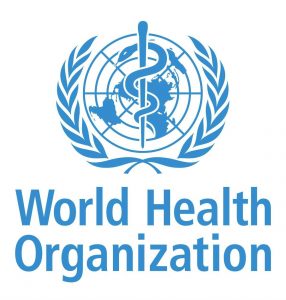Air Quality Database 2022: WHO

Ahead of the World Health Day (7th April), the World Health Organisation (WHO) has released Air Quality Database 2022, which shows that Almost the entire global population (99 %) breathes air that exceeds WHO’s air quality limits.
- The WHO for the first time has taken ground measurements of annual mean concentrations of nitrogen dioxide (NO2). It also includes measurements of Particulate Matter with diameters equal or smaller than 10 μm (PM10) or 2.5 μm (PM2.5).
- The findings have prompted WHO to highlight the importance of curbing fossil fuel use and taking other tangible steps to reduce air pollution levels.
- Earlier, in the 2021 World Air Quality Report released by IQAir (a Swiss group), India was home to 11 of the 15 most polluted cities in Central and South Asia in 2021.
Findings:
- More than 6,000 cities in 117 countries are now monitoring air quality but their residents are still breathing unhealthy levels of fine particulate matter and nitrogen dioxide, while people in low and middle-income countries suffer the highest exposure.
- As many as 2,000 more cities and human settlements are now recording ground monitoring data for particulate matter, PM10 and/or PM2.5, than in the last update (2018).
- This marks an almost sixfold rise in reporting since the database was first made in 2011.
- Meanwhile, evidence base for the damage air pollution does to the human body has been growing rapidly and points to significant harm caused by even low levels of many air pollutants.
- Particulate matter, especially PM 2.5, is capable of penetrating deep into the lungs and entering the bloodstream, causing Cardiovascular, Cerebrovascular (stroke) and Respiratory Impacts.
- NO2 is associated with respiratory diseases, particularly asthma, leading to respiratory symptoms (such as coughing, wheezing or difficulty breathing), hospital admissions and visits to emergency rooms.
- In the 117 countries monitoring air quality, the air in 17% of cities in high-income countries falls below WHO’s air quality guidelines for PM 2.5 or PM 10.
- In low and middle-income countries, air quality in less than 1% of the cities complies with WHO recommended thresholds.




